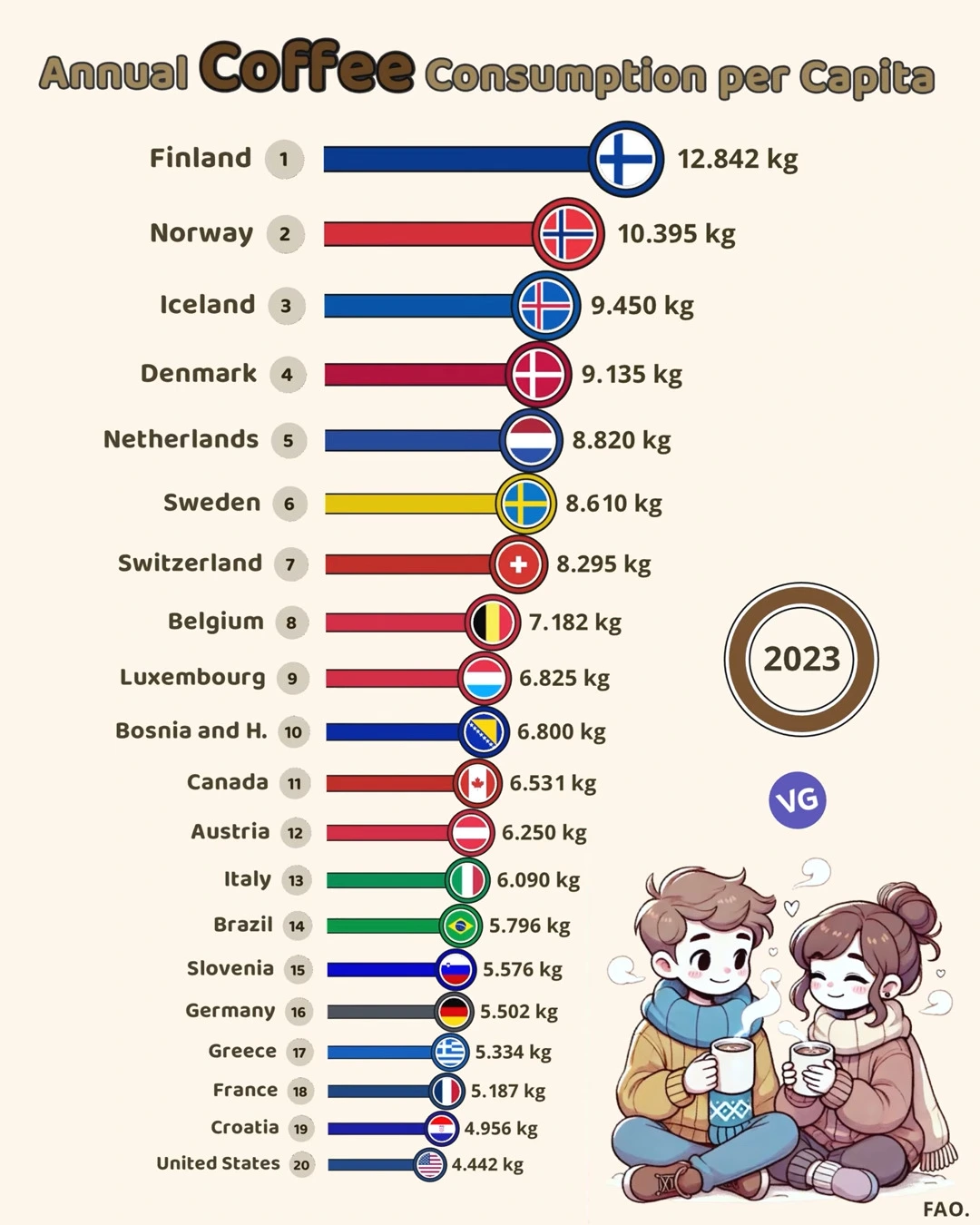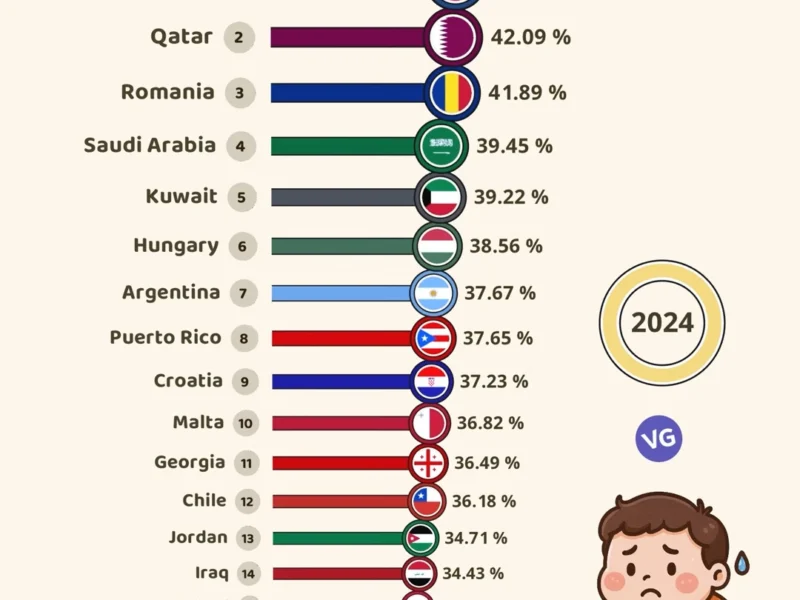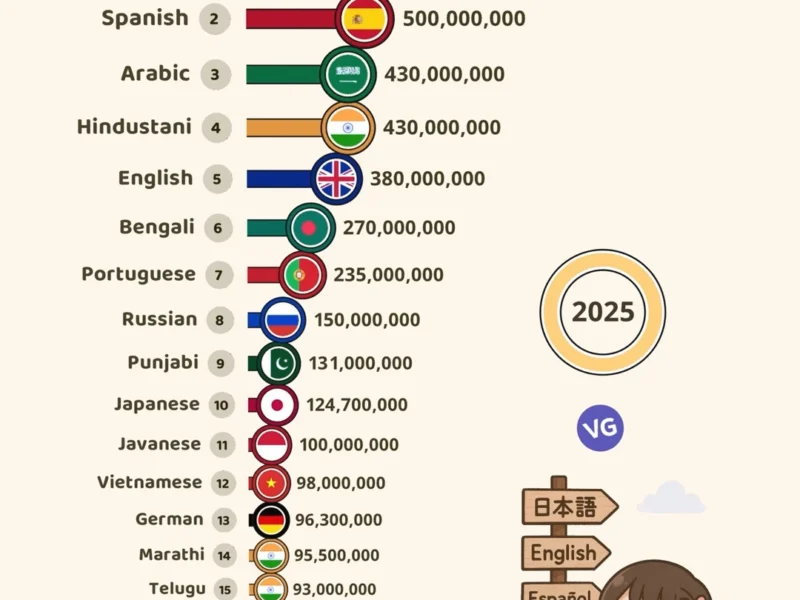In a world fueled by caffeine, the global coffee market shows surprising trends. The International Coffee Organization found an interesting fact. The Maldives leads with 22.3 kg (49 lbs) of coffee per person each year, beating out many big countries.
Coffee has grown from just a drink to a big part of culture. Luxembourg, though small, ranks high with 6.5 kg (14 lbs) per person yearly. This shows even small countries can be among the top coffee drinkers.
Lebanon is another standout in the global coffee scene, with 17.3 kg (38 lbs) per capita. These numbers shake up old ideas about who drinks coffee. They show how complex culture and society are.
Looking at the top 20 coffee consumers gives us a peek into what people like, why they buy it, and how they live. From the Mediterranean to island nations, coffee tells a story of connection and identity.
Top 20 Coffee Consumers (Per Capita – 2023)
| Rank | Country | Consumption (kg per capita) |
|---|---|---|
| 1 | 🇫🇮 Finland | 12.842 kg |
| 2 | 🇳🇴 Norway | 10.395 kg |
| 3 | 🇮🇸 Iceland | 9.450 kg |
| 4 | 🇩🇰 Denmark | 9.135 kg |
| 5 | 🇳🇱 Netherlands | 8.820 kg |
| 6 | 🇸🇪 Sweden | 8.610 kg |
| 7 | 🇨🇭 Switzerland | 8.295 kg |
| 8 | 🇧🇪 Belgium | 7.182 kg |
| 9 | 🇱🇺 Luxembourg | 6.825 kg |
| 10 | 🇧🇦 Bosnia & Herzegovina | 6.800 kg |
| 11 | 🇨🇦 Canada | 6.531 kg |
| 12 | 🇦🇹 Austria | 6.250 kg |
| 13 | 🇮🇹 Italy | 6.090 kg |
| 14 | 🇧🇷 Brazil | 5.796 kg |
| 15 | 🇸🇮 Slovenia | 5.576 kg |
| 16 | 🇩🇪 Germany | 5.502 kg |
| 17 | 🇬🇷 Greece | 5.334 kg |
| 18 | 🇫🇷 France | 5.187 kg |
| 19 | 🇭🇷 Croatia | 4.956 kg |
| 20 | 🇺🇸 United States | 4.442 kg |
Knowing these trends helps businesses, researchers, and coffee lovers understand global drinks better. It shows how coffee’s role changes in different places.
Global Coffee Culture and Consumption Patterns
Coffee has grown from a local drink to a worldwide favorite. It has become a big part of how we socialize and start our day. Over the years, coffee has shown us many ways to enjoy it, each unique to its region.
Historical Evolution of Coffee Consumption
Coffee started in Ethiopia and spread to the Middle East. By the 15th century, coffee houses in Turkey, Persia, Syria, and Arabia were buzzing with life. European traders brought coffee to Europe in the 16th century, starting a cultural shift that reached the Americas.
Cultural Significance Across Regions
Coffee is enjoyed differently around the world. Scandinavian countries drink a lot of coffee, maybe because of their long, dark winters. In the Middle East, making coffee is a big part of their social traditions.
| Region | Daily Cups | Cultural Characteristic |
|---|---|---|
| Luxembourg | 5.31 | Highest per capita consumption |
| United States | 1.22 | Diverse coffee drinking habits |
| Ethiopia | 1.5 | Traditional coffee ceremony |
Modern Coffee Drinking Habits
Today, coffee is all about specialty drinks and new ways to brew. People want their coffee to be sustainable and of high quality. This has changed how coffee is imported and made.
- 66% of Americans drink coffee daily
- 84% prepare coffee at home
- Coffee shop visits increased by 8% in 2021
“Coffee is more than a beverage; it’s a global language of connection and culture.”
The way we drink coffee is always changing. It shows how society, technology, and our health awareness evolve. From espresso bars to cold brew, coffee keeps up with what we like.
Top 20 Coffee Consumers (Per Capita – 2023)
The global coffee market shows interesting patterns in different countries. In 2023, European nations are at the top, showing off their coffee cultures and habits.
Luxembourg takes the lead with an amazing 5.31 cups per day. This means they drink 118,227 cups in their lifetime. Finland is close behind, drinking 3.77 cups a day, which equals 83,939 cups in their lifetime. These numbers show how important coffee is in their daily lives.
“Coffee is more than a beverage; it’s a cultural experience that connects people across nations.”
Consumption Highlights
- Luxembourg: $425,618 total lifetime coffee spending
- Finland: $335,756 total lifetime coffee spending
- Norway: 2.57 cups per day, totaling 58,159 lifetime cups
- Denmark: 2.04 cups per day, reaching 44,676 lifetime cups
The global coffee market was worth about USD 126.38 billion in 2022. It’s expected to grow by 6.7% from 2023-2028. This shows how important coffee is in the economy.
Regional Variations
- European countries dominate per capita consumption
- Canada emerges as the only non-European top consumer
- Coffee prices vary significantly across regions
Interestingly, the top coffee consumers have different cultures. From Luxembourg’s high volume to Finland’s coffee traditions, each country adds its own twist to the global market.
Conclusion
The global coffee market is always changing. It shows how coffee, sustainability, and culture are linked. South America made 4 million tonnes in 2023, and Japan’s market is expected to grow to over $45 million by 2030.
Coffee sustainability is now a big deal for everyone. Places like Asia and Africa are making more coffee, so they focus on being green. People want to know where their coffee comes from, leading to more open supply chains and fair trade.
Studies on coffee’s health effects are changing how we drink it. In the U.S., 65% of people drink coffee every day. This shows how coffee culture and health research are blending in interesting ways.
The coffee industry is set to keep growing and changing. It will mix old ways of making coffee with new tech and green practices. As tastes shift, one thing is sure: coffee’s place in our world is getting stronger and more varied.
FAQ
Which countries consume the most coffee per capita in 2023?
In 2023, Luxembourg, Finland, and Iceland lead in coffee consumption. Their cold climates and social habits drive their love for coffee. Work culture also plays a big role in their coffee habits.
How has coffee consumption evolved historically?
Coffee started in Ethiopia and spread globally through trade and colonialism. It became a cultural icon, changing social and work life worldwide. Today, it’s a key part of many cultures.
What makes coffee culture different across various regions?
Coffee cultures vary greatly. In Ethiopia, there are elaborate ceremonies. In America, it’s quick coffee shops. Each place has its own way of enjoying coffee, showing local traditions and climate.
How are modern lifestyles affecting coffee consumption?
Modern life has changed how we drink coffee. Specialty coffee, cold brew, and espresso are now popular. Technology and health concerns shape our coffee choices.
What factors influence coffee consumption rates?
Many things affect how much coffee people drink. Climate, work culture, and social habits are key. Countries with cold climates and strong work cultures drink more coffee.
What are the health considerations surrounding coffee consumption?
Coffee can be good or bad for health. It has antioxidants and might protect against some diseases. But, too much can be harmful. Scientists are still studying its effects.
How is sustainability impacting the global coffee market?
Sustainability is now a big deal in coffee. People want coffee that’s fair and good for the planet. This has changed how coffee is made and sold worldwide.
What trends are emerging in the global coffee market?
New trends include specialty coffee and focus on where coffee comes from. There’s also more interest in sustainable coffee. Craft coffee and new brewing methods are also popular.
How do coffee production and consumption relate?
Some big coffee drinkers also make a lot of coffee. But, many countries drink more than they make. Global trade and prices play a big role in this.
What role does technology play in modern coffee consumption?
Technology has changed coffee. It includes new brewing tools, apps for ordering, and online shops. These changes have made finding and buying coffee easier and more fun.
Source Links
- Coffee Consumption by Country 2024
- Coffee Consumption by Country 2024: Lifetime Data & Statistics
- Coffee Consumption by Country 2024: Lifetime Data & Statistics
- Coffee Consumption Statistics (Crazy Stats For Journalists)
- Coffee Consumption by Country 2024: Lifetime Data & Statistics
- Top 20 Countries With The Highest Coffee Consumption
- Top 10 Nations Leading Coffee Consumption in 2023 – Qahwa World
- Coffee Statistics, Consumer Trends, & Key Takeaways [2024]
- Coffee Consumption Statistics (Crazy Stats For Journalists)
- Coffee Consumption Statistics US (Charts & Infographics)



